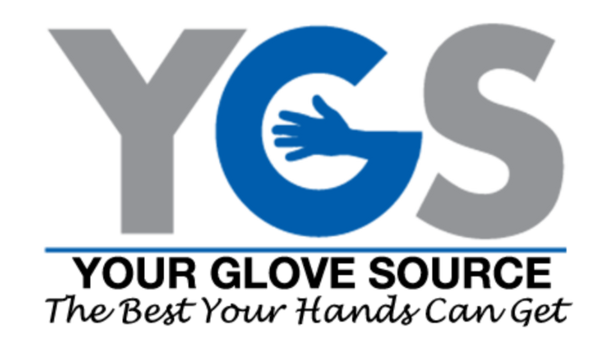This week we’ve rounded up the top five things you should keep an eye on when it comes to safety in the manufacturing industry.
- Inadequate Machine Maintenance: The machinery used in manufacturing plants are put under a lot of stress with their daily use. It is imperative that they receive regular maintenance and repair to ensure that employees do not get injured from a malfunction of the machinery. Even a fail-safe mechanism can malfunction if it does not receive regular attention and maintenance. Quite honestly, regularly scheduled maintenance may not even catch everything, which is why it is so important to make sure that machine operators are well trained to recognize when potentially hazardous signs present themselves.
- Insufficient Safety Training: As briefly mentioned in the point above, adequate training for your employees is so important to the success and wellbeing of your entire team. There is lots that can go wrong on the floor of a manufacturing plant from chemical burns, to equipment malfunction, to electrical hazards. This means you need to train employees on how to respond quickly when a hazard arises as well as train them on first responder skills like first aid and CPR. Keep this training fresh in employees minds with regular sessions, so that they are prepared to react appropriately in any situation.
- Lack of Follow Through on Risk Management Procedures: Companies have risk management procedures in place to help mitigate liability but primarily to keep employees safe. Signs and markings help identify unsafe and hazardous areas and various protocols are put in place to help manage risk. The best way to combat this concern is simply by following your particular risk management solution.
- Improper use of Lockout or Tagout: If you have an improper lockout/tagout procedure, you run the risk of lots of injuries on the floor. These procedures help to identify to employees when power has been disconnected from equipment and it is safe to work on a particular machine.
- Not Wearing PPE: One of the easiest ways to take ownership of your personal safety is by using Personal Protective Equipment. This can be a variety of things from full body suits, to helmets and googles, to gloves. When working with tools and machinery in particular, gloves are an excellent first barrier of protection that should be used in conjunction with appropriate use of all we’ve mentioned in the first 4 points. Finding gloves that are comfortable, maintain dexterity, and protect you are a must.



